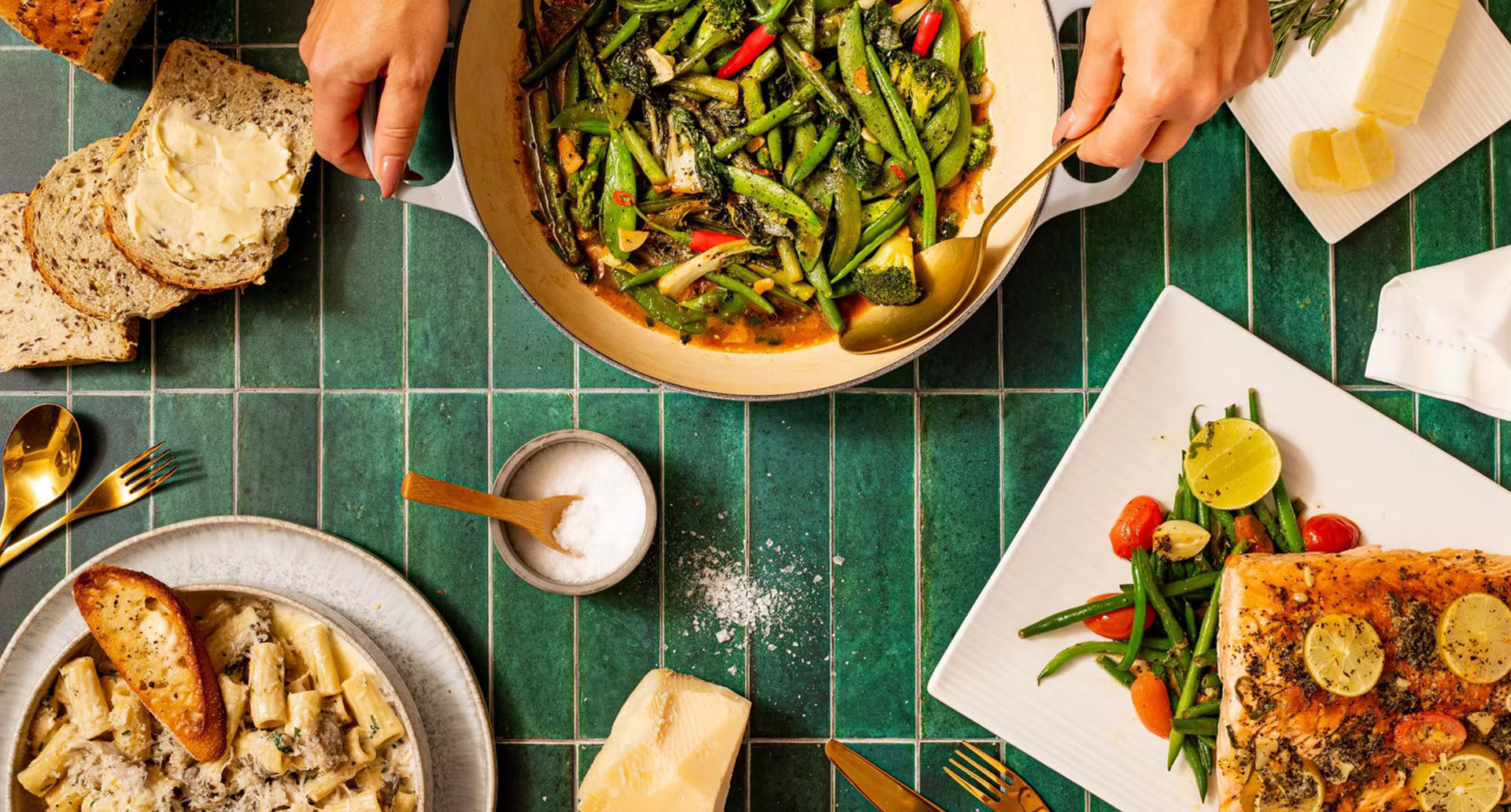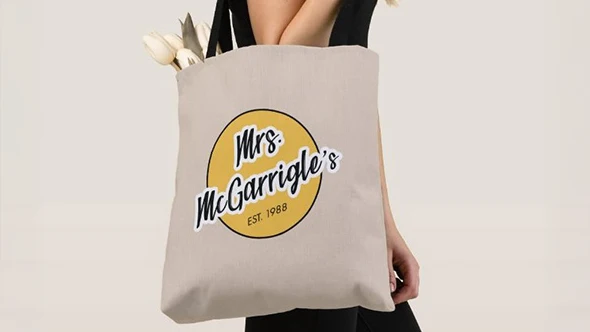So, you’ve got a delicious idea simmering in your brain—a sauce that slaps, a tea that soothes, or a cookie that people will crave at midnight. But here’s the real challenge: how do you go from “Hey, this tastes amazing!” to a commercially viable product that’s consistent, scalable, and ready to take over grocery shelves (or Shopify carts)?
At NOVO MxC, we’ve partnered with dozens of food and beverage brands—from small-batch sips to bold flavor startups—and one thing we know for sure: a good recipe isn’t just about taste. It’s about strategy, storytelling, structure, and scalability. Let’s break it all down.
1. Start with Your Why (and Your Who)
Before cracking eggs or cold-pressing fruits, ask yourself: Who are you making this for, and why will they care? Your target audience should shape everything from flavor profiles to portion size.
Are you designing a vegan protein bar for on-the-go millennials, or an indulgent dipping sauce for foodie parents who love charcuterie boards? Knowing your niche gives your product a purpose—and a place on the shelf.
Actionable Tip:
Create a user profile. Think beyond demographics—what are their habits, cravings, and values? Use this to guide recipe direction, including dietary restrictions, heat levels, sweetness, or packaging portion size.
2. Map the Flavor Experience
Now the fun part: playing with your food. Flavor development is both art and science. You’ll want to balance the five core tastes (sweet, salty, sour, bitter, umami), add complementary aromas, and ensure that texture doesn’t kill the vibe.
Whether it’s a fizzy botanical soda or a superfood snack, every ingredient should play a role. Don’t overload the plate—simplicity wins in both taste and brand clarity.
Actionable Tip:
Use the “flavor pyramid” method. Start with a base (like a nut butter or tea), add middle notes (spices, fruits, herbs), and finish with top notes (zest, heat, fizz). Test each layer with your target customer group, and iterate.
3. Think Shelf Life, Not Just Shelf Appeal
Here’s where things get real. That farm-fresh pesto might taste amazing now, but how does it hold up in 3 weeks? What happens at room temperature? Is there separation? Mold risk? Will the vibrant green fade?
You need to test for stability, food safety, and consistency. This often means working with a food scientist, experimenting with preservatives (natural or not), and validating your process with batch runs.
Actionable Tip:
Test your product under different storage conditions (fridge, freezer, ambient). If you’re serious about scaling, invest in lab testing to check for pH, water activity, and microbial stability.
4. Keep Your Ingredients Scalable and Compliant
Your recipe should work whether you’re making 5 units or 5,000. That means sourcing ingredients that are affordable, accessible, and consistent year-round. Wild-foraged mushrooms? Cool story—until your co-packer can’t find enough for your next 10,000 units.
Also, make sure your ingredients are compliant with food safety and labeling regulations (especially if you’re going international). Transparency matters more than ever to consumers.
Actionable Tip:
Create two versions of your recipe: a “dream” version and a “real-world” version. Work with suppliers to source scalable alternatives if needed. And don’t forget to review local food safety guidelines.
5. Don’t Sleep on the Functional Benefits
These days, it’s not just about taste—it’s about how your product makes people feel. Think: adaptogens in a beverage for stress support, added fiber in a granola, or low glycemic sweeteners for blood sugar balance.
Function-forward foods are trending for a reason. If your product has a benefit (even if it’s just “gut-friendly” or “feel-good energy”), call it out—but only if you can back it up.
Actionable Tip:
Collaborate with a nutritionist or regulatory advisor before making any health claims. Use subtle cues in your branding (like colors or iconography) to hint at benefits, even before consumers read the back.
6. Document, Test, Repeat (and Repeat Again)
Recipe design is never one-and-done. What works in your home kitchen might behave differently in a shared commercial space. Record your measurements to the gram, time each step, and always test multiple batches for consistency.
You’re building a system—not a single masterpiece.
Actionable Tip:
Keep a digital recipe log. Track exact quantities, temps, techniques, and timing. Take videos and photos for future training and scale-up. Build in a checklist for quality control during each test round.
7. Bring in the Brand
Your recipe is part of a much bigger flavor story. How your product tastes should reflect how your brand feels. Is it bold and adventurous? Comforting and nostalgic? Clean and functional?
At NOVO MxC, we love helping food and beverage founders translate their kitchen magic into full-on brand experiences—from naming and packaging to photography and e-commerce strategy.
Actionable Tip:
Write a recipe brand brief. Include mood boards, taste descriptors, and emotional goals. Use this to align your flavor testing, packaging, and even your social captions. Consistency is everything.
Let’s Cook Up Something Great
Designing a recipe for a food product or beverage is about more than mixing ingredients—it’s about crafting an experience your customers will crave again and again. From concept to commercial launch, you need a team who gets the flavor and the function.
At NOVO MxC, we help food and beverage brands go from napkin sketch to national launch with the perfect blend of strategy, branding, packaging design, website design, food photography, video production, and animation.
Whether you’re whipping up a snackable idea or brewing the next viral beverage, reach out—we’d love to have a taste of your vision.
Please give us a call at 416-892-2471 or reach out to us using the contact form at the bottom of this page.



